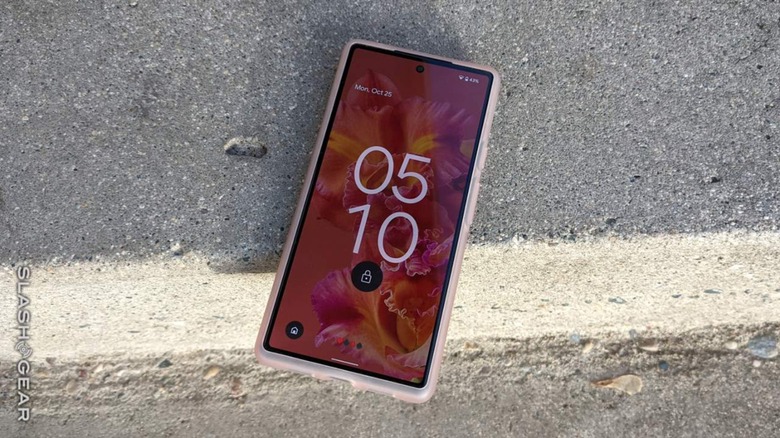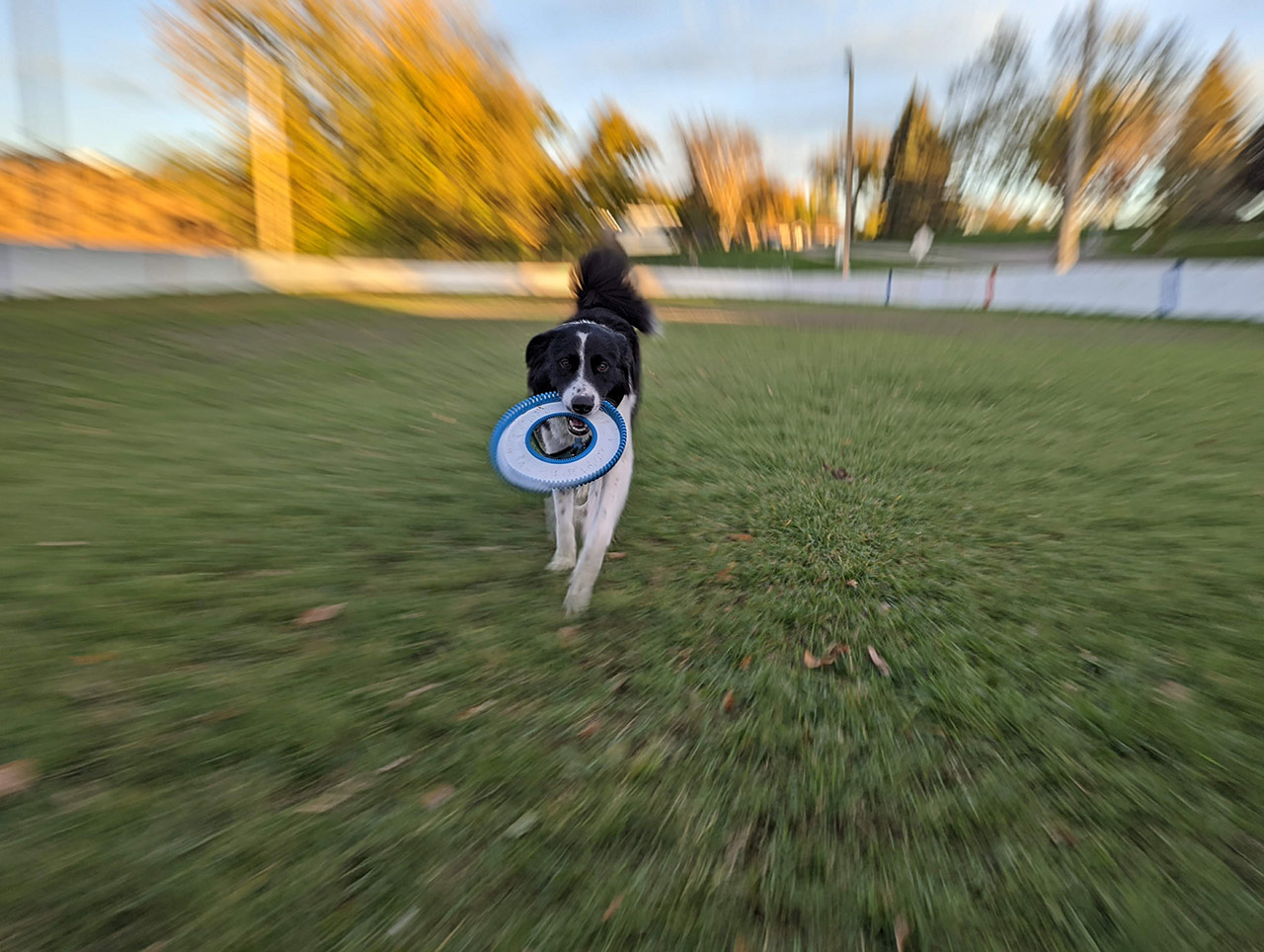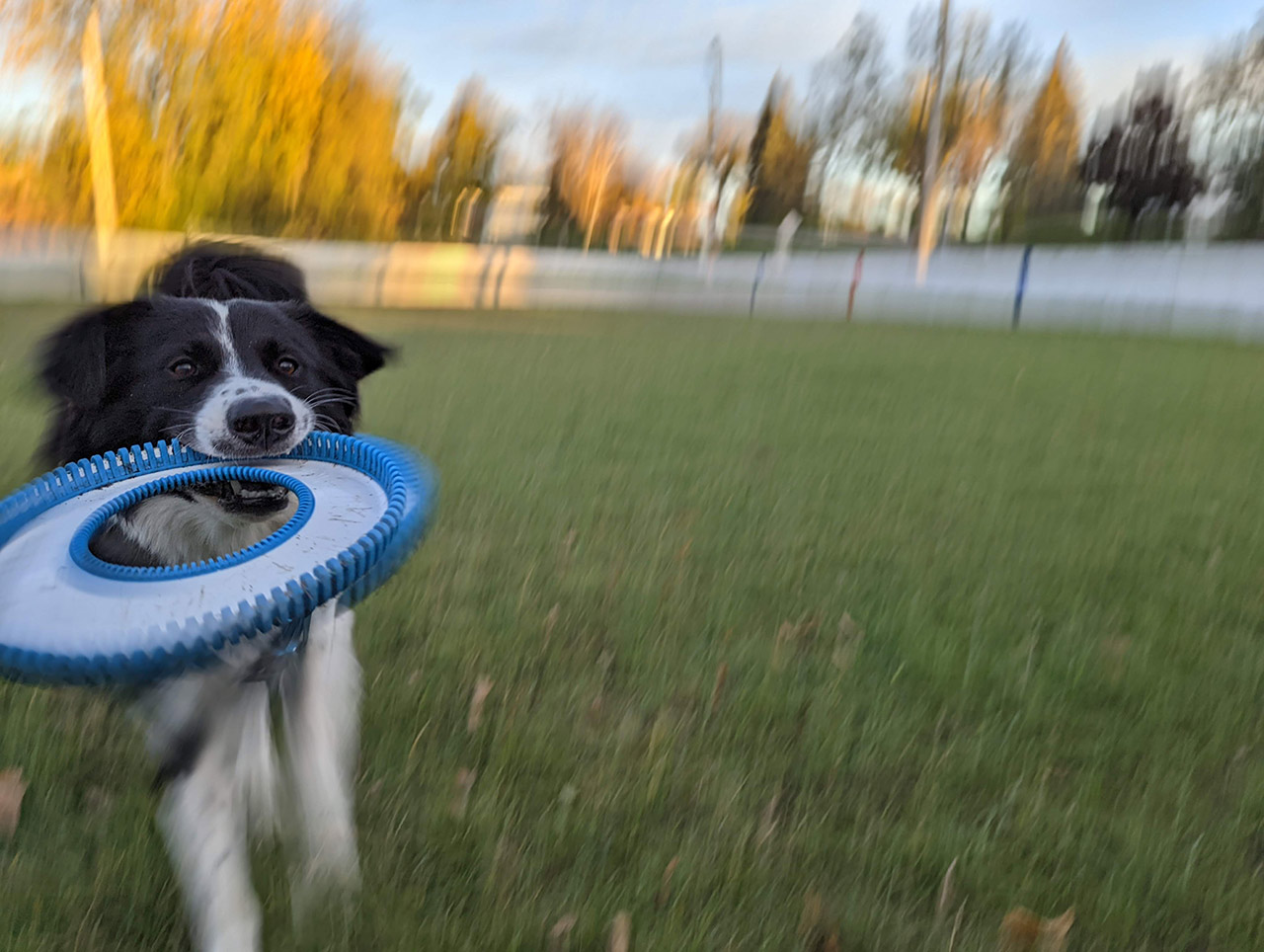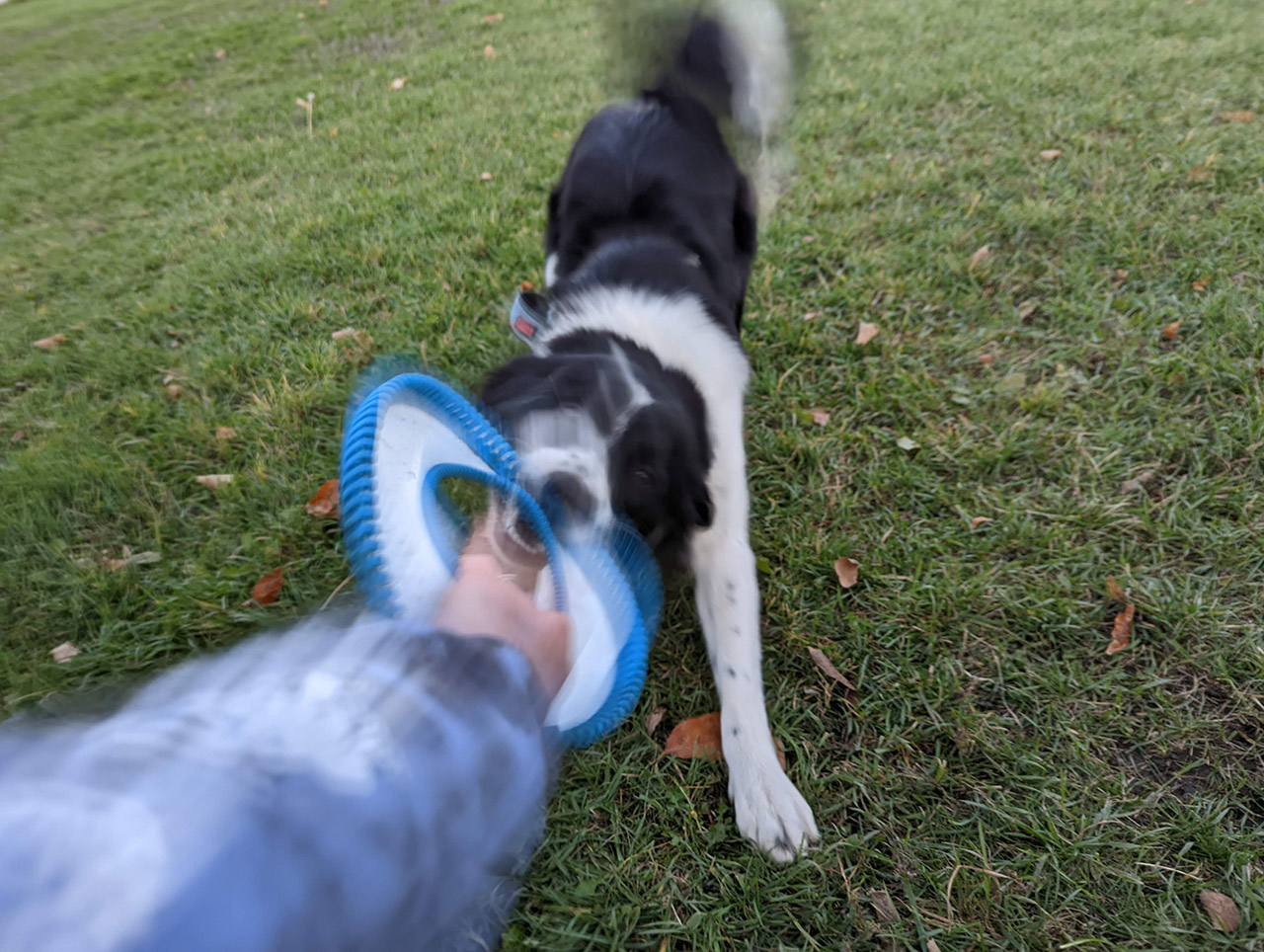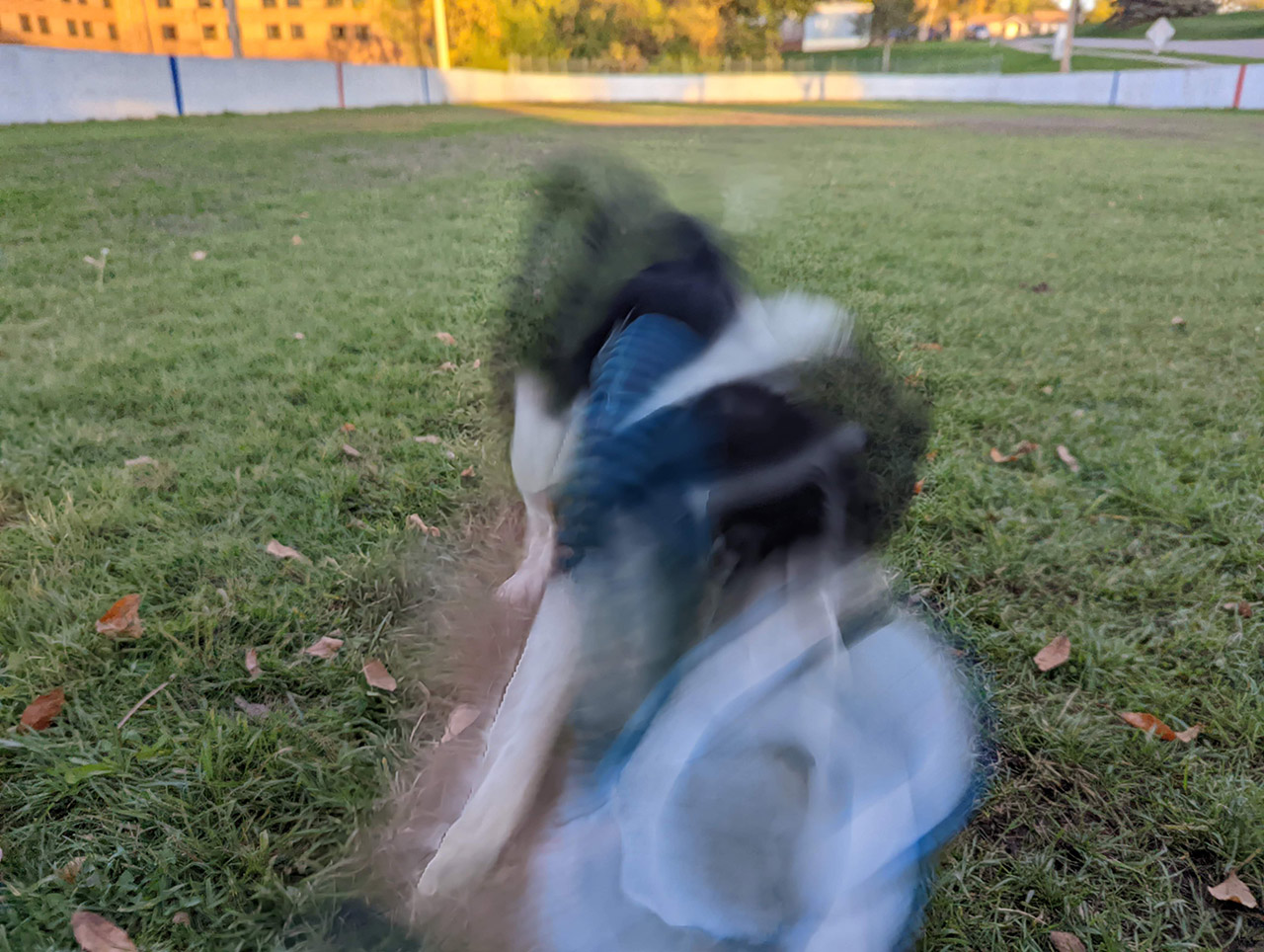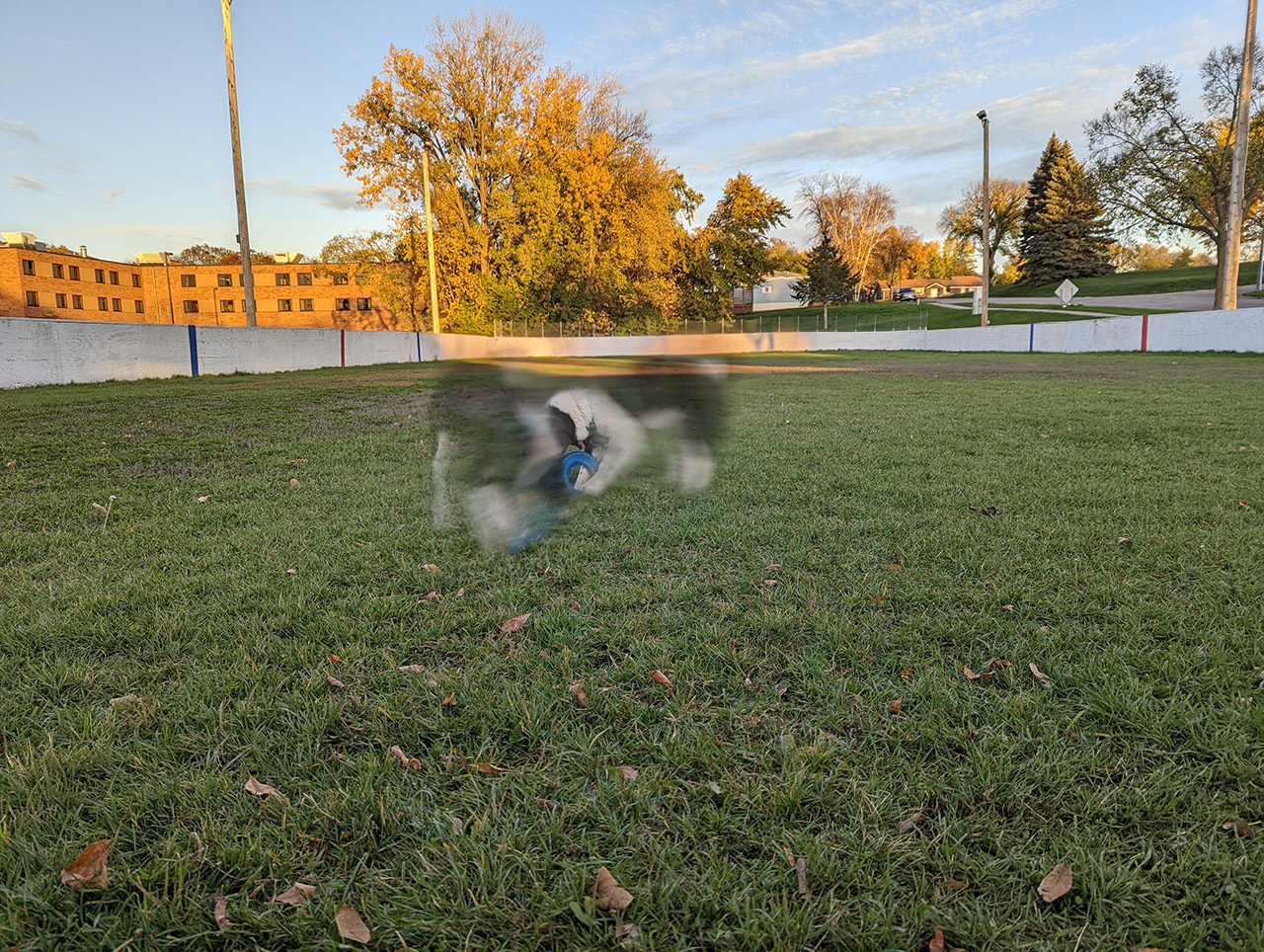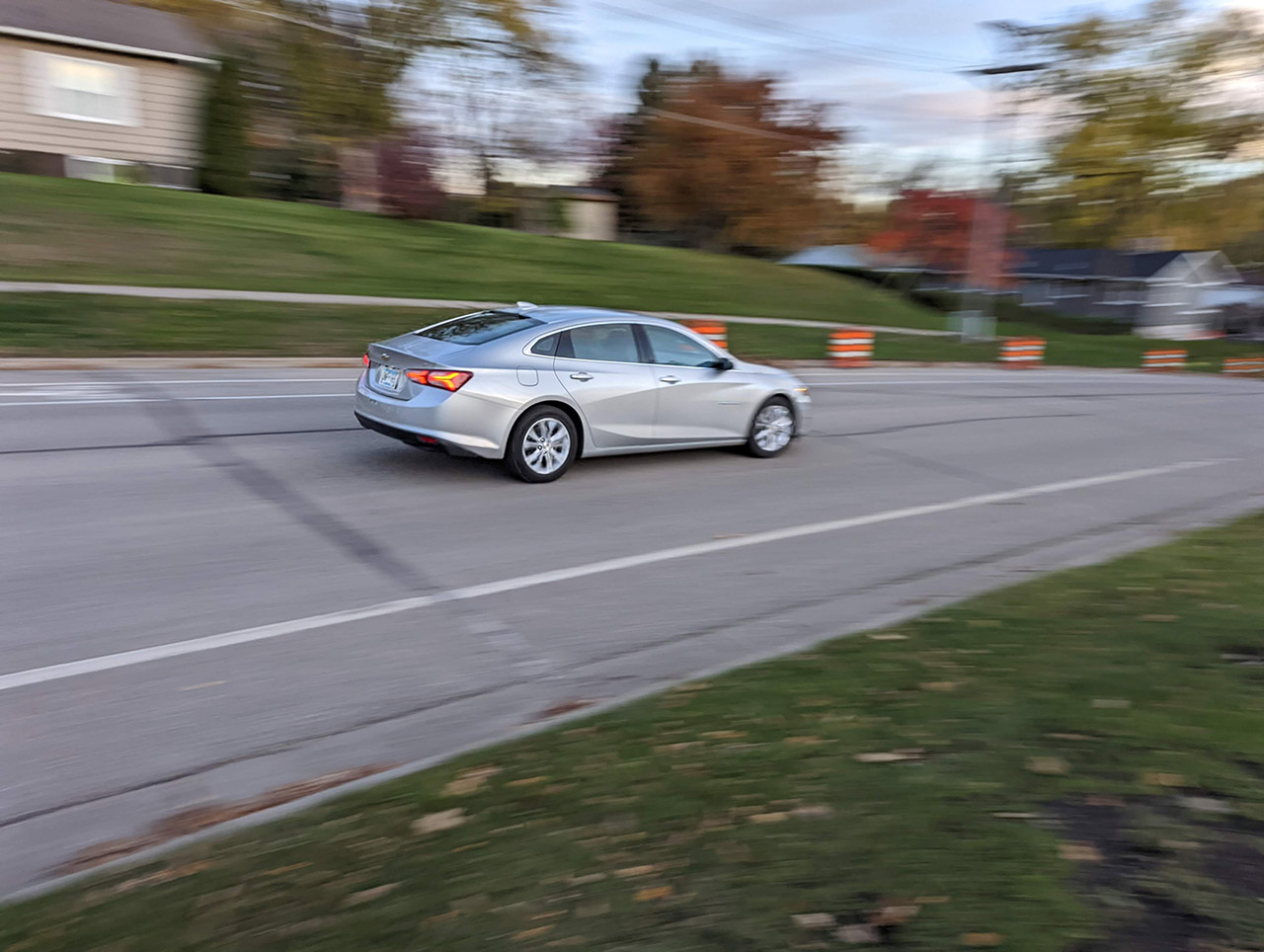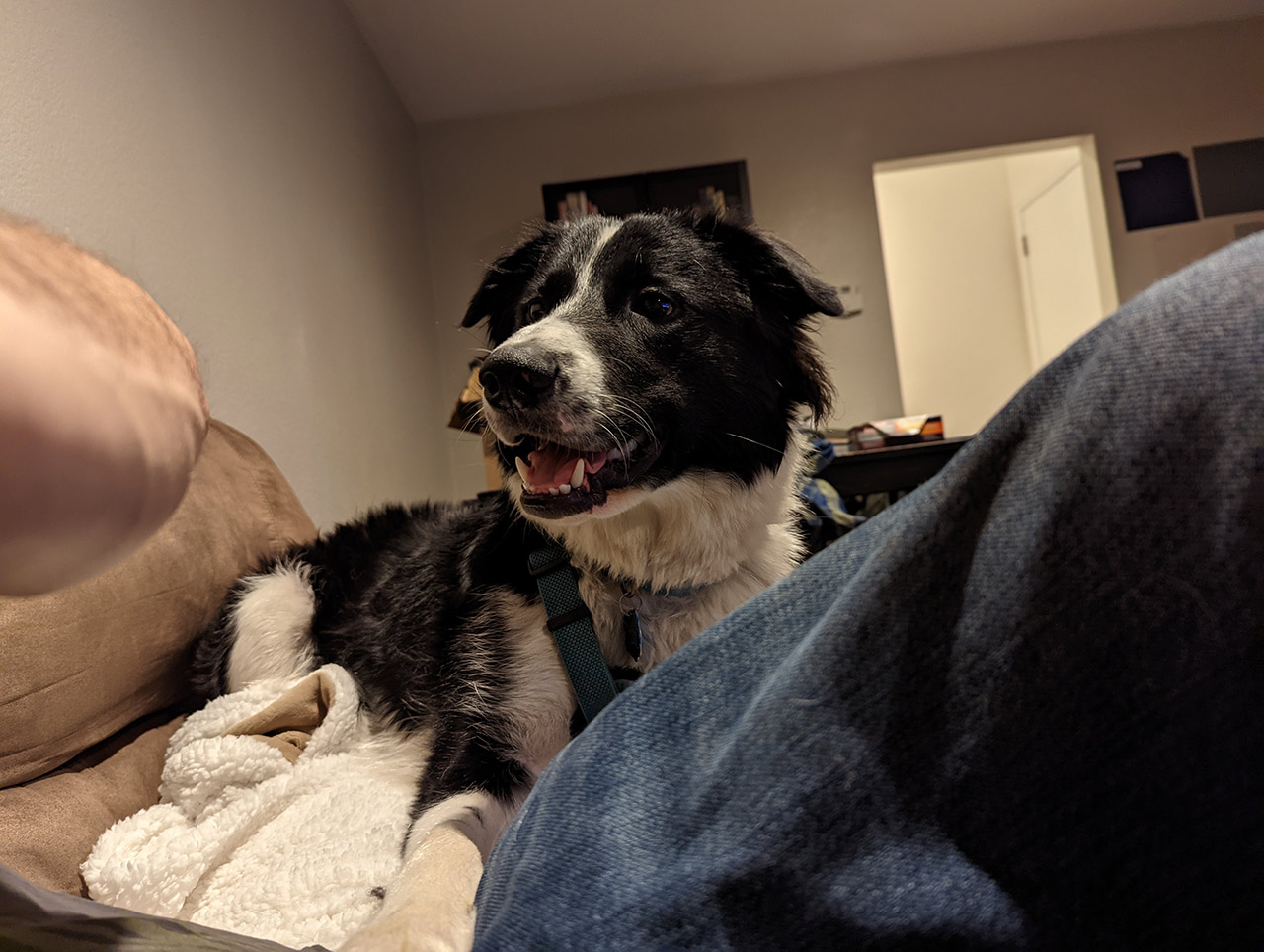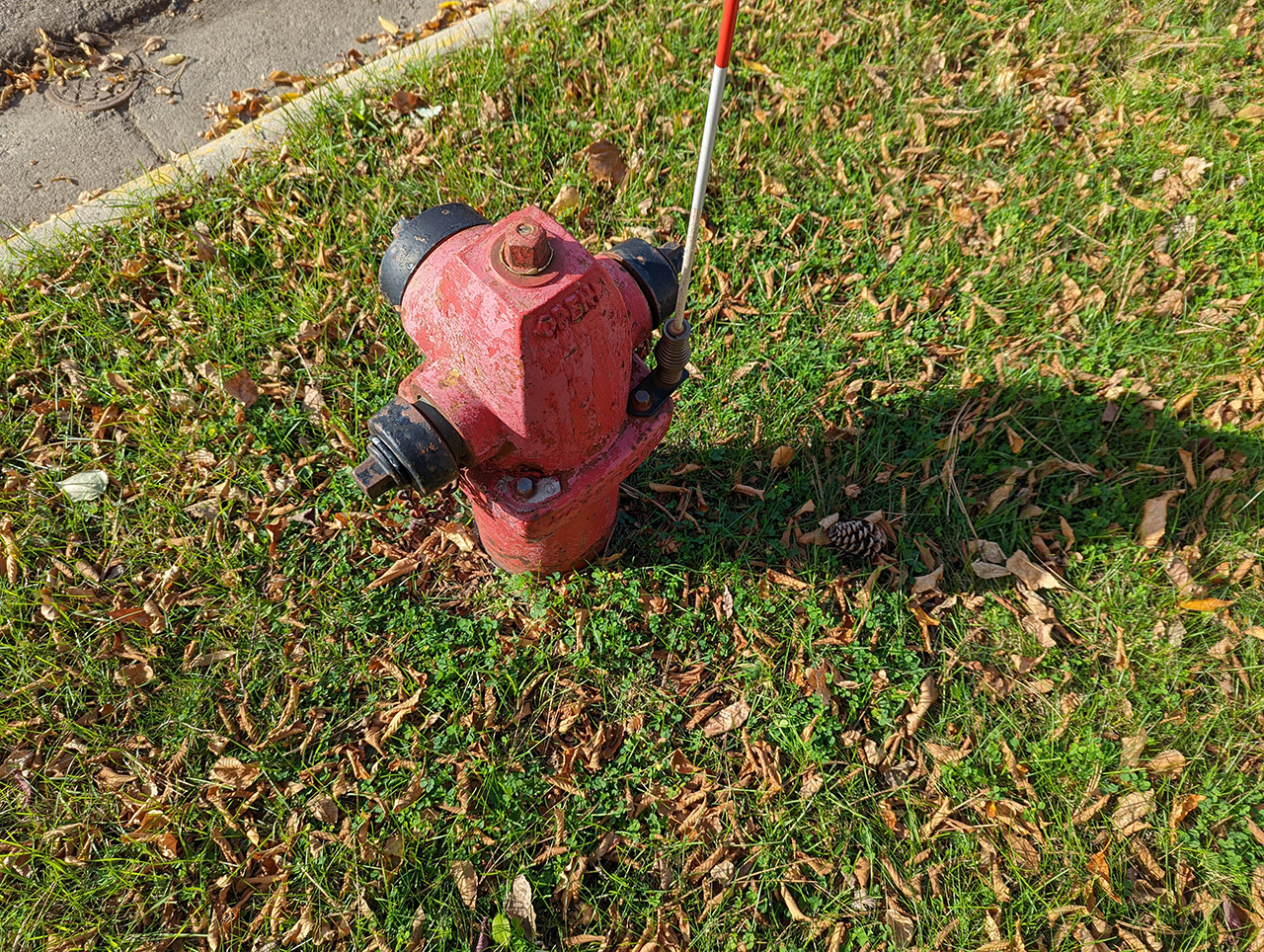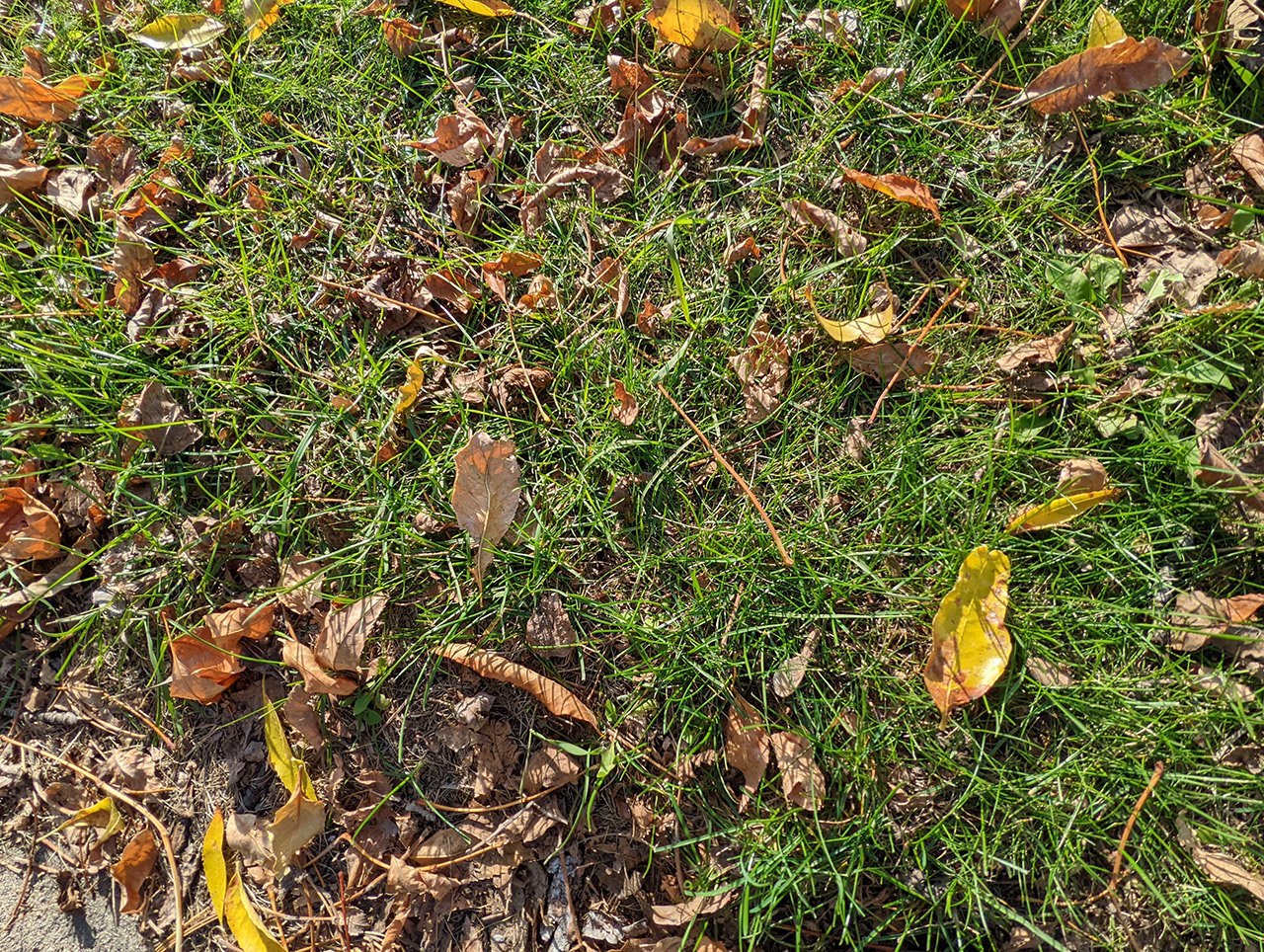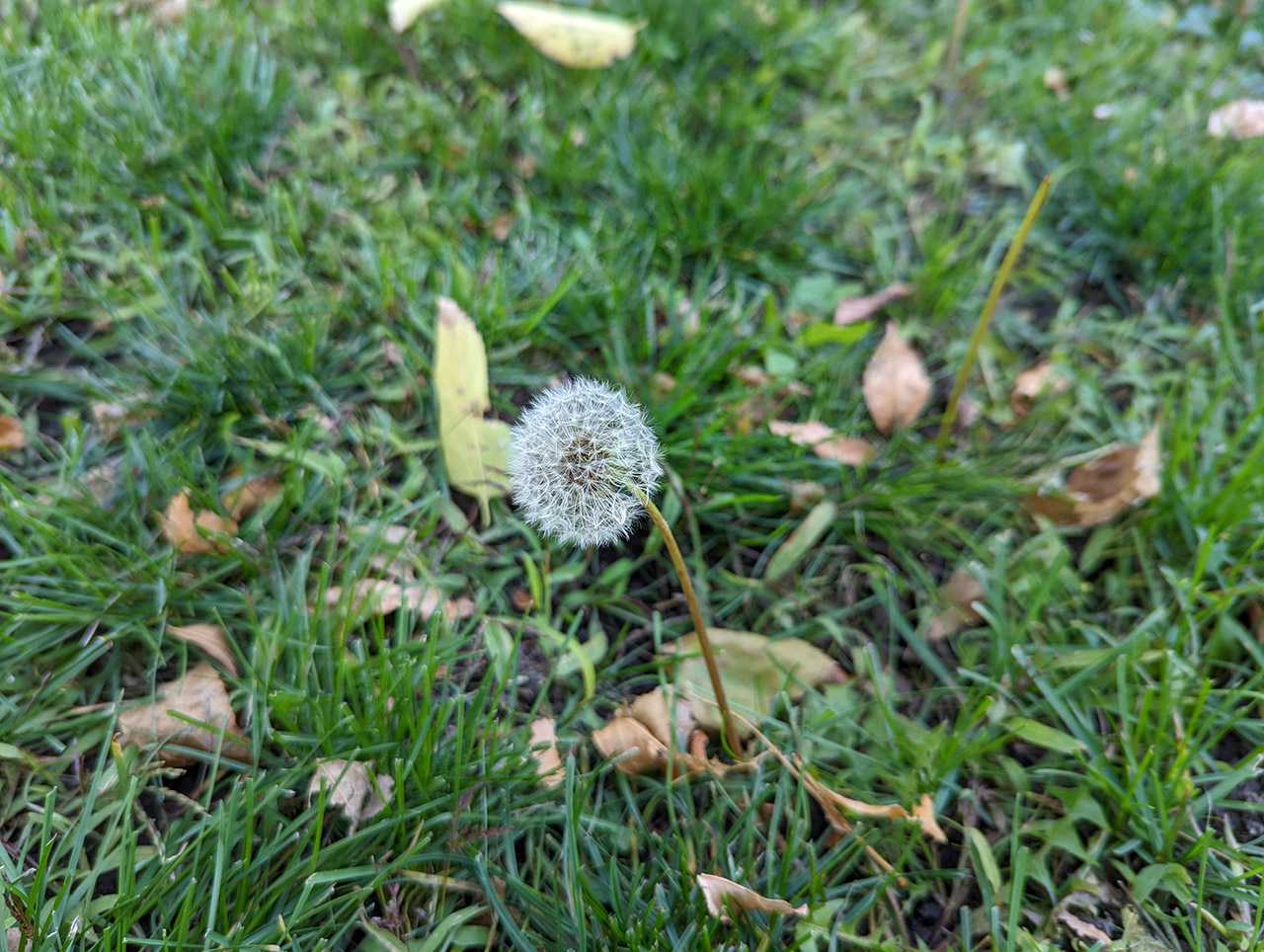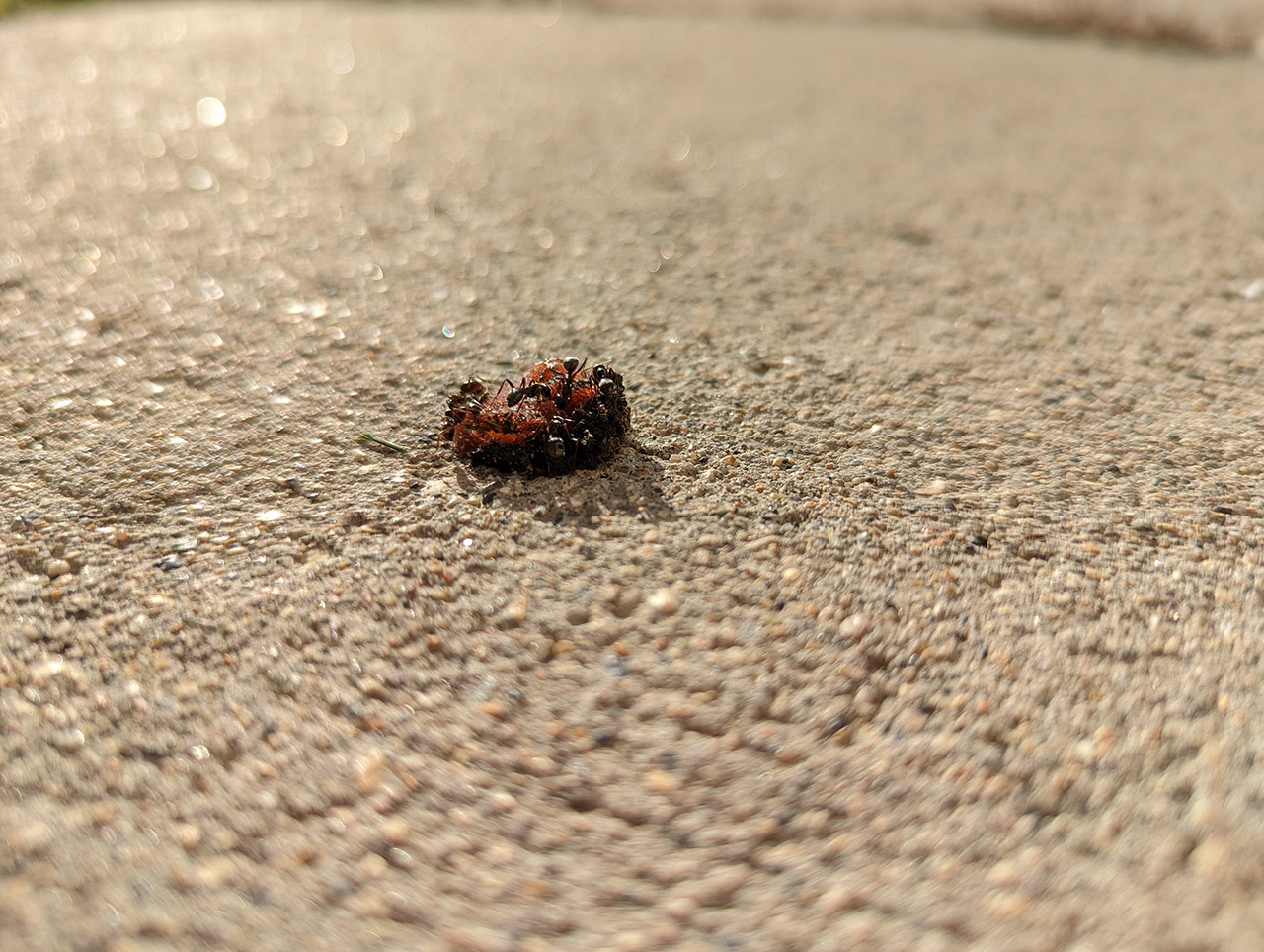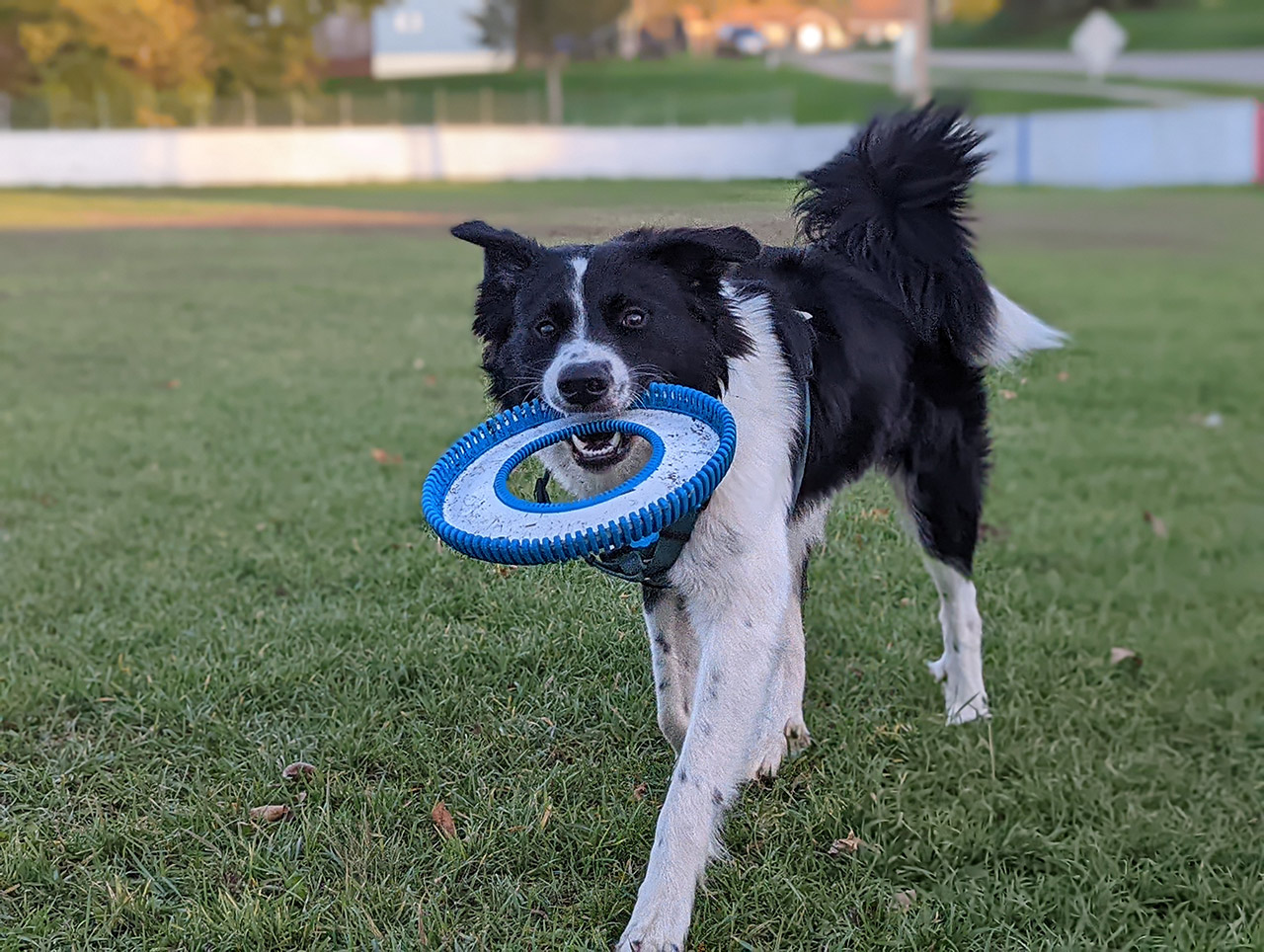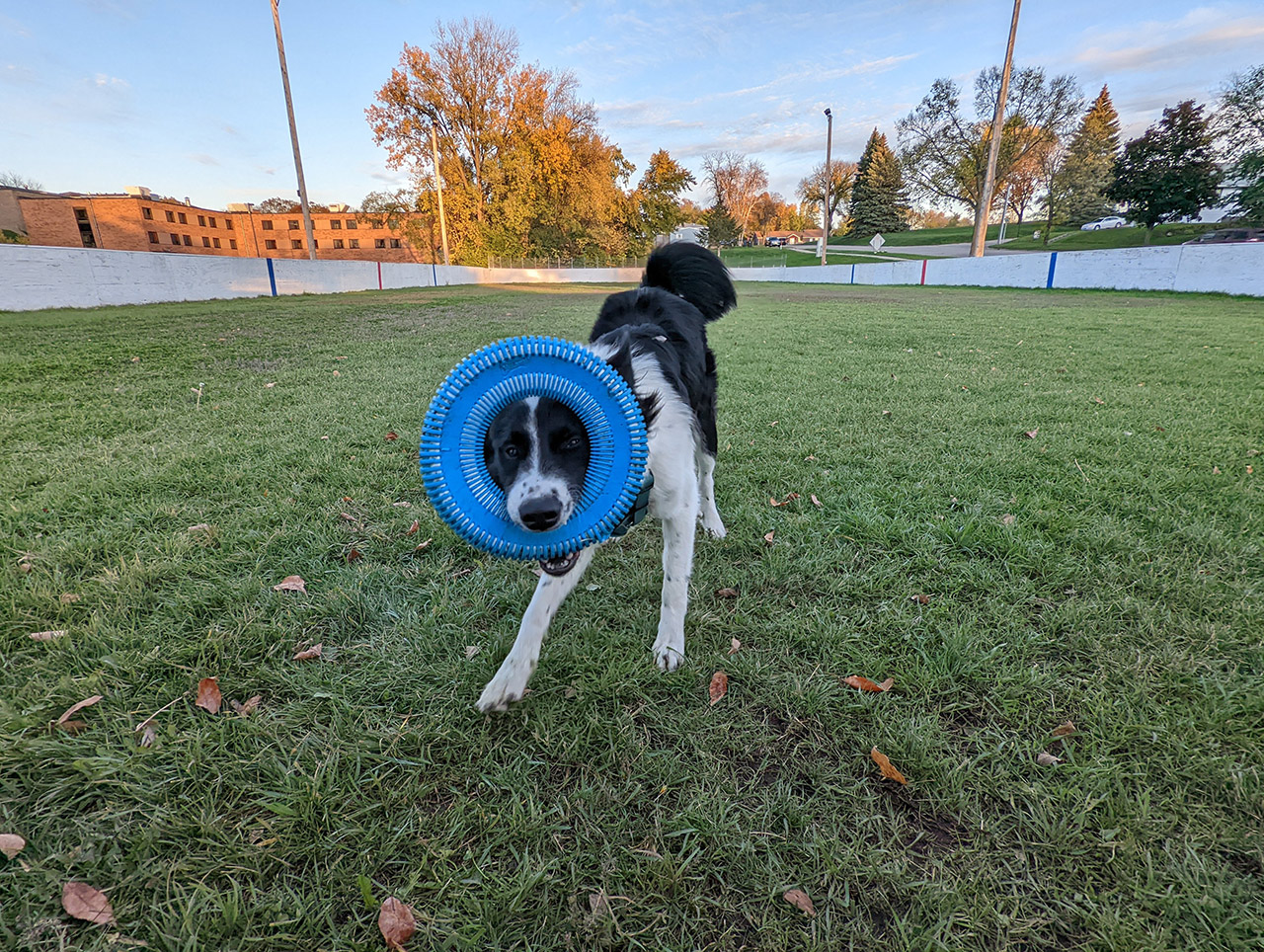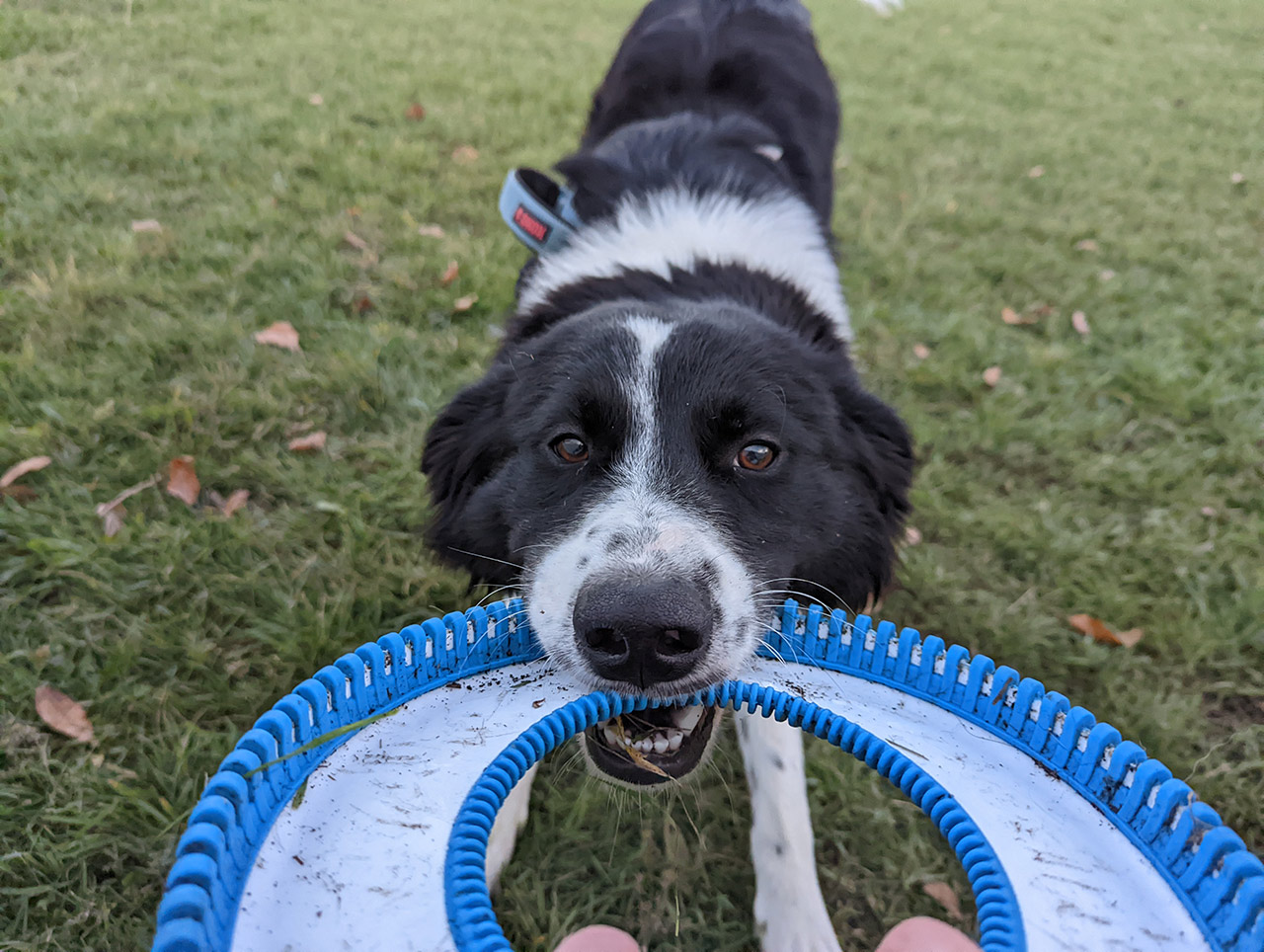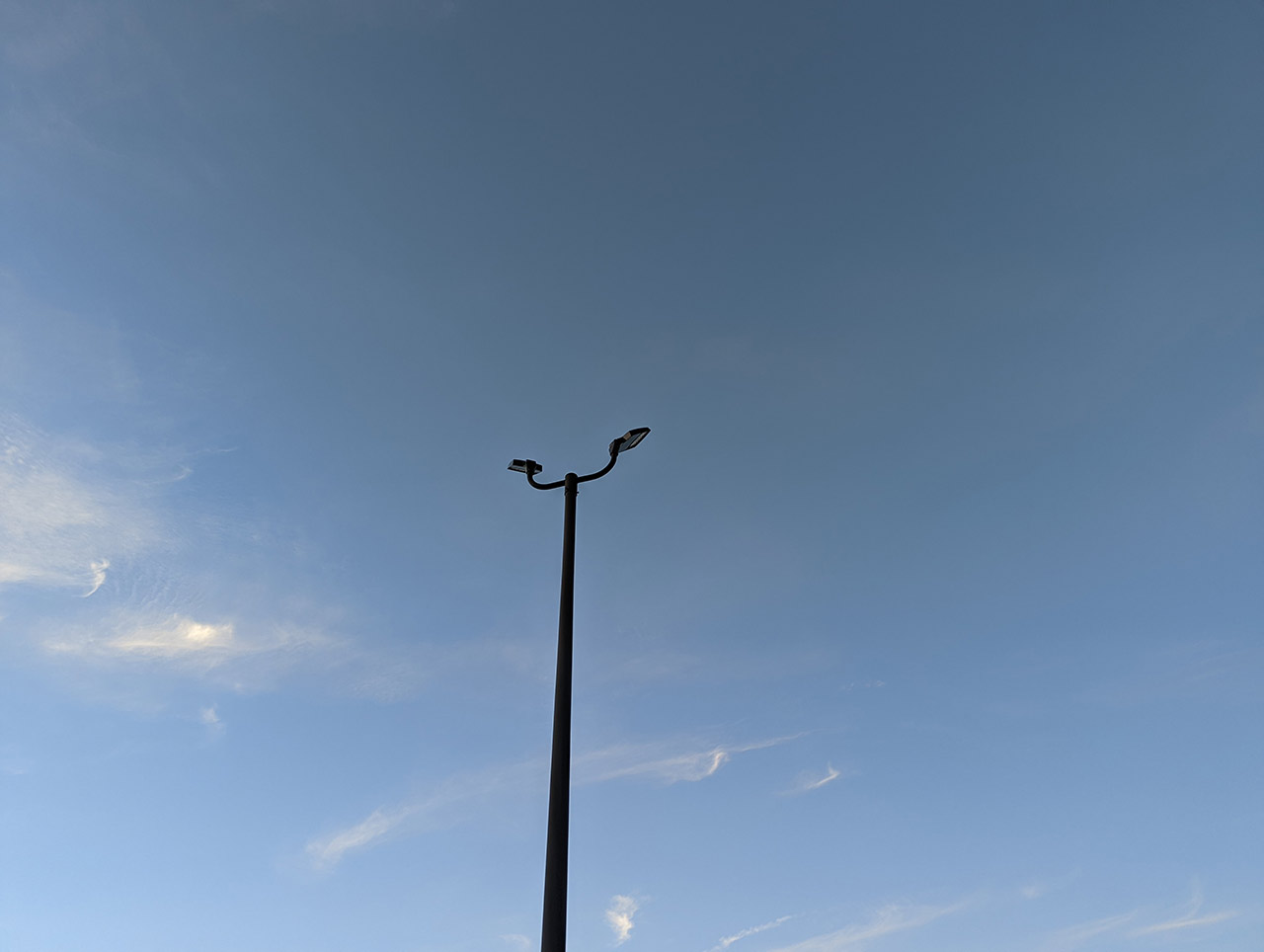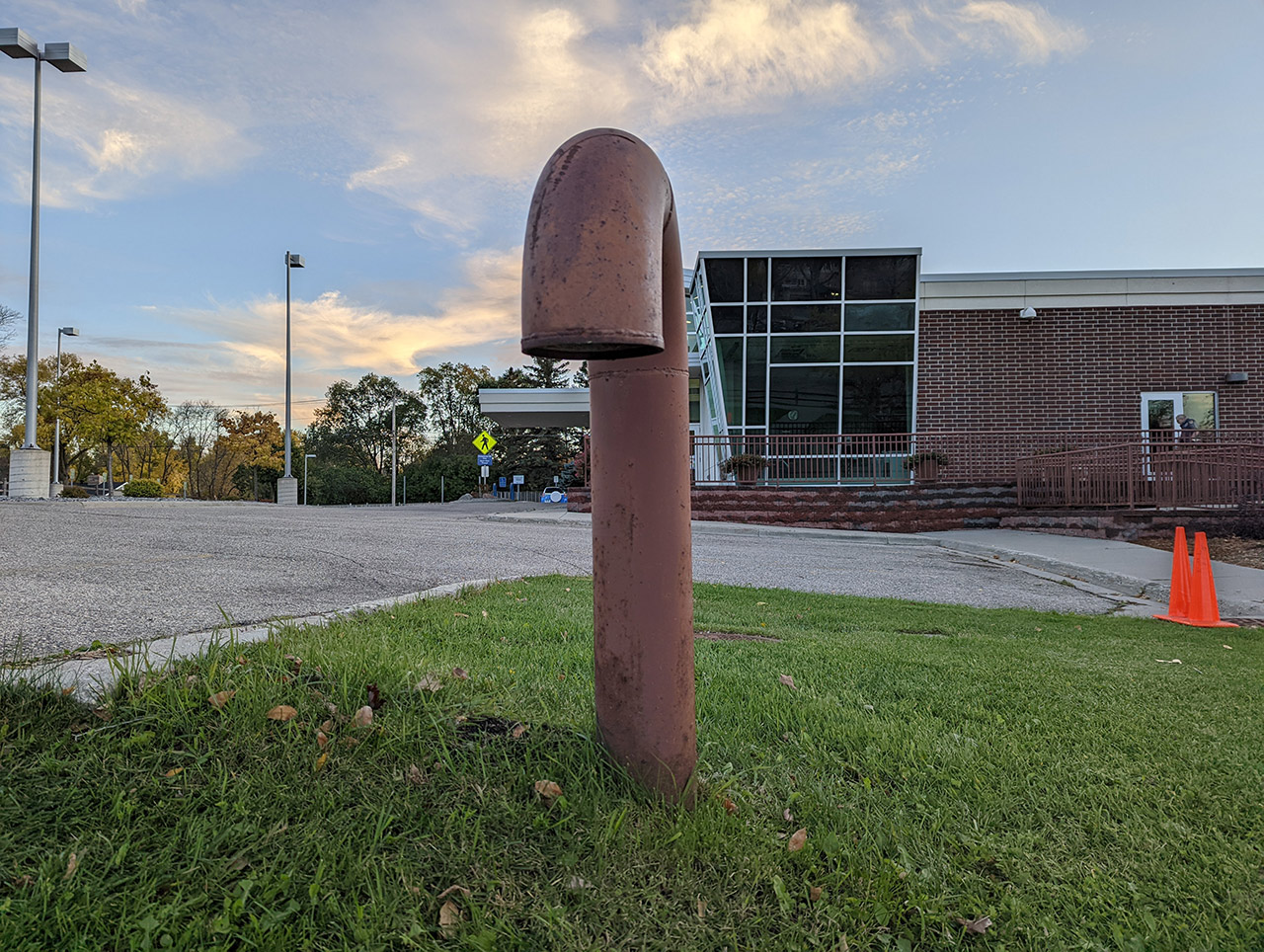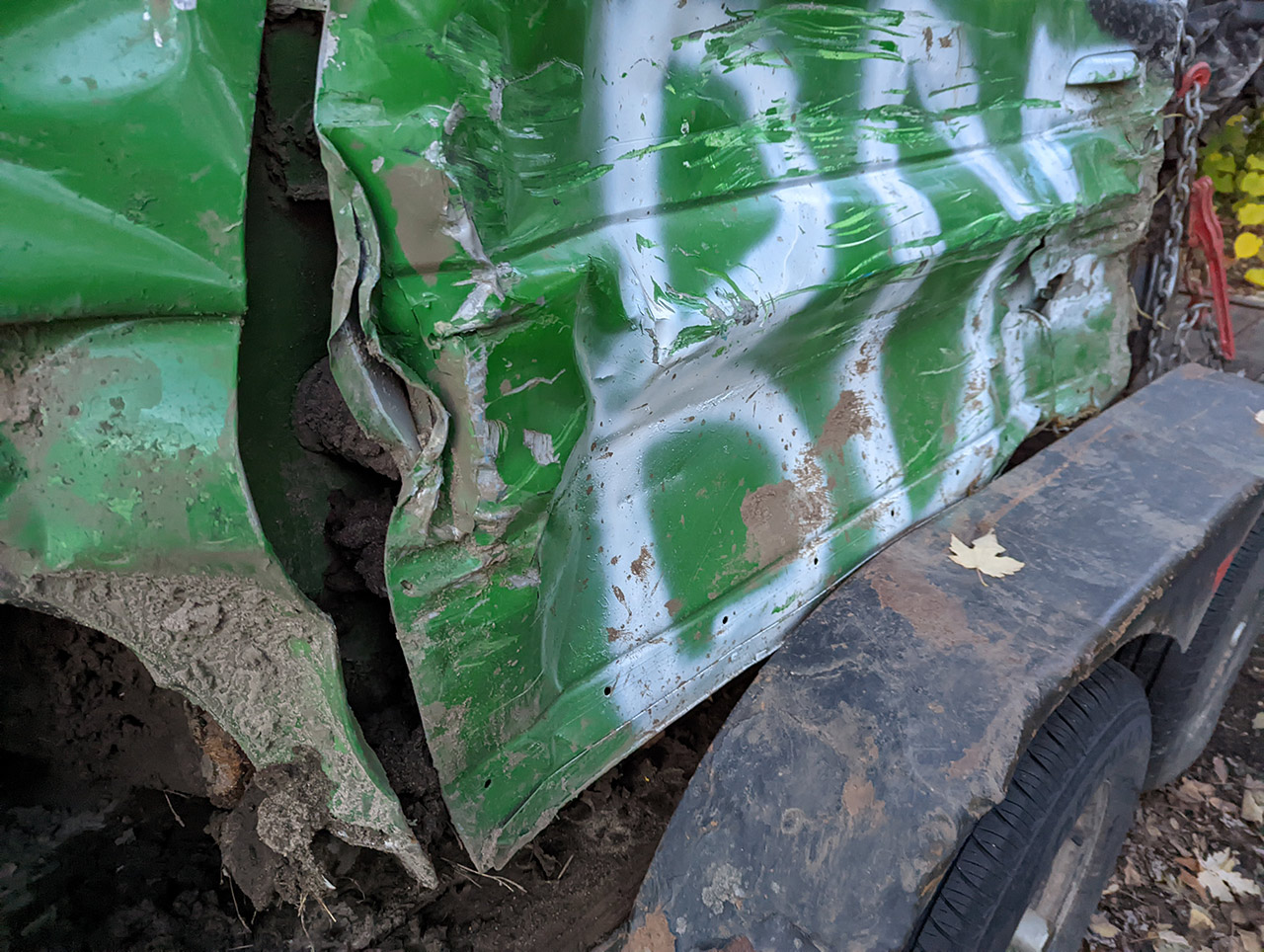Google Pixel 6 Review
- Unique and exciting hardware and software design
- Android 12 runs smoothly & gets latest Google features
- Great camera performance
- Battery life holds up to all-day use
- Wireless and reverse charging
- No headphone jack
- Charging plug sold separate
- Confusing 5G coverage
- Glass design is slippery without case
Our Google Pixel 6 Review is separate from that of the 6 Pro because they are two very different devices. Different not in their presentation of Android – there they're quite similar. Different in some of the most essential game-changing points of the smartphone experience. The Google Pixel 6 represents the strong bones of ideal Android 12 smartphone as envisioned by Google – it's more than just essential, and less than extravagant.
Hardware
The Google Pixel 6 is 6.2-inches tall and 2.9 inches wide. The display panel is flat, where the Pixel 6 Pro is curved on its left and right side. This device has an OLED panel with 1080 x 2340 pixel resolution (that's 411 PPI, pixels per inch) and a centered forehead punch hole for a front-facing camera. Below you'll see a photo of the Pixel 6 on the left and the Pixel 6 Pro on the right.
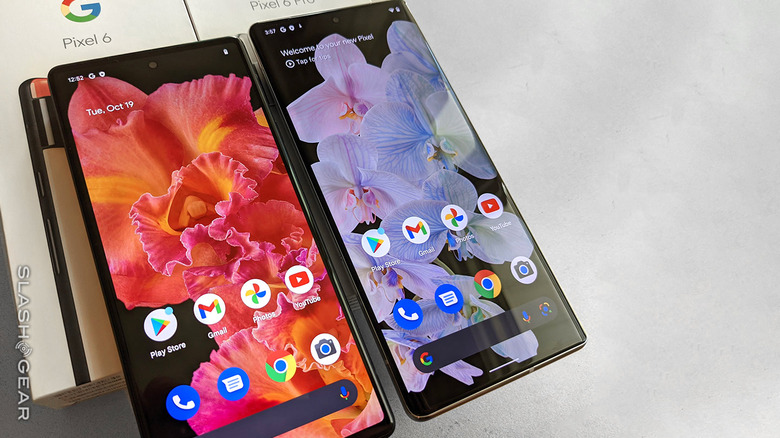
This device's display is beautiful. It's not the most high-end smartphone display you can buy today, but it's more than good enough for your average user. With an OLED panel with 411 PPI and up to 90Hz image refresh rate, this smartphone's touchscreen is no slouch.
The Pixel 6 has a fingerprint reader embedded into its display. I'm still partial to a back-facing or side-facing fingerprint scanner myself, largely because I find said scanning experience more natural than holding my finger still on the front panel. Regardless of my feelings toward the location of the scanner, this fingerprint ID system works as well or better than any other in-display fingerprint scanners we've used in the past.
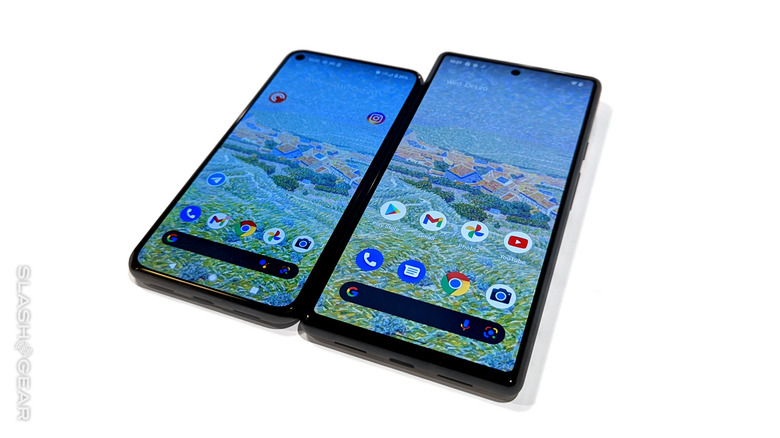
This smartphone's display is very similar to that of the Pixel 5, as shown in the photo above on the left, with the Pixel 6 on the right. including both panel tech and refresh rate, but the Pixel 6 has significantly more space to work. If we're comparing Pixel 6 to the Pixel 5a, the display panel size is nearly identical, but the refresh rate is higher and the contrast ratio is on a whole different level.
The Pixel 6 has a "Pixel Camera Bar" at its back that allows the smartphone to stand alone (or just alongside the Pixel 6 Pro) with an industrial design that's all Google's own. The color combinations available with this smartphone are each lovely and distinct – Stormy Black, Sorta Seafoam, and the version we have here: Kinda Coral.
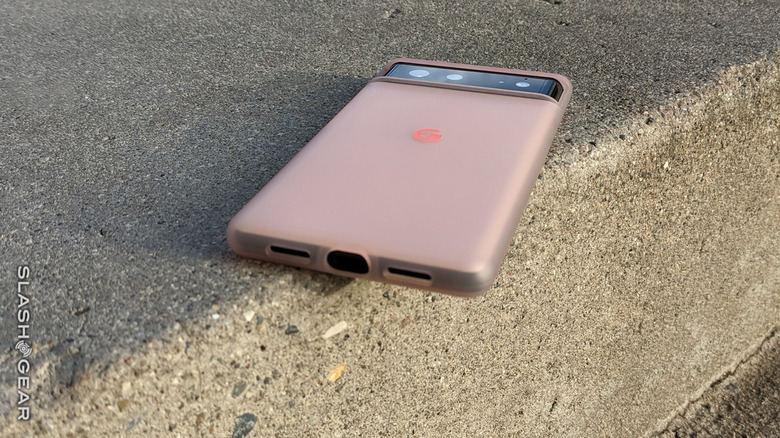
Google released this smartphone with its own-made protective cases in complimentary colors. These cases are sold separate for $30 apiece – Stormy Sky, Light Rain, and Cotton Candy are available – we've got the candy.
If you decide to buy a Pixel 6, you're going to want to get a protective case immediately. The phone is lovely to hold and behold, but because the front and back are largely made of glass, there's very little in the way of friction to hold them tight to any flat surface. If you're not careful, this phone will slip away from you.
The Google cases for Pixel 6 (and 6 Pro) add a bit of a bump of protection for the camera array at the same time as it keeps the whole phone protected from bumps and scratches.
There is no 3.5mm headphone jack on this smartphone, and the SIM card tray is for a SIM card alone. As it's been with the past several Google Pixel smartphones, there is no spot for a microSD card for media storage expansion.
Software
We're using Android 12, here, which means we're getting used to a slightly different sort of Android from the one we've used the past several years. This version has big buttons and gestures that are surprisingly easy to get used to. I could very well have been using gestures for navigation for the past couple of years if I wanted to – they've been there in Android – but only now have I found the whole lot to be cohesive enough to use all day long.
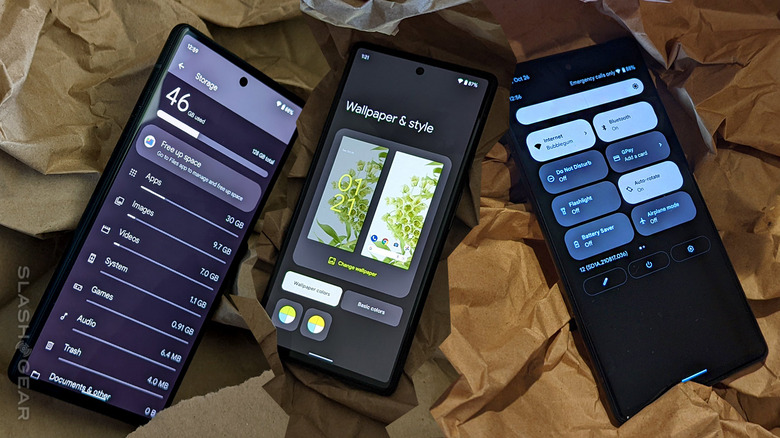
The Google Pixel 6 works with a version of Android 12 that clearly shines. Google didn't necessarily build Android 12 for the Pixel, but the Pixel certainly seems to benefit from all the goodies right out the gate.
I especially love the Style bit of the OS. I can choose a wallpaper – be it from Google's collection or my own – and Android 12 delivers a set of options for the Style of the user interface for the phone. In most places the Style colors are barely noticeable – but they're there.
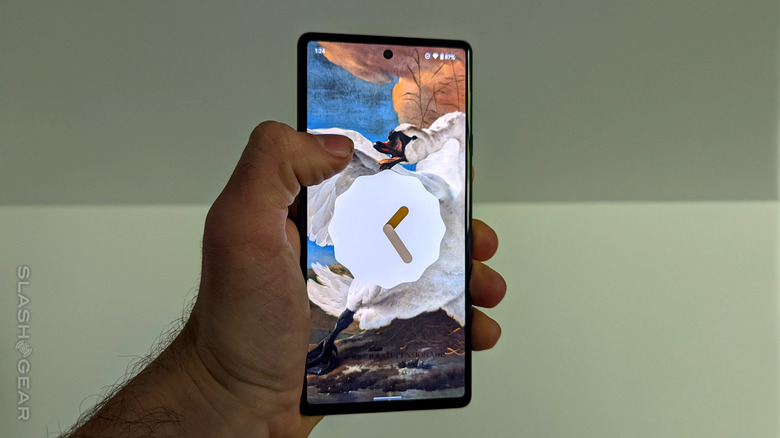
The Style system in Android 12 makes the entire Pixel 6 experience feel cohesive. Better than that, the Style system makes the Pixel 6 feel professional at the same time as it feels playful and imaginative.
For the first time in recent memory, I feel like I'm using a phone made by Google for more than just representing the best of Android. I feel like I'm using a device made by Google to be an excellent and interesting experience that uses Android to create said experience.
Camera
The camera system on the Pixel 6 is better than the Pixel 5. We have a 50MP main camera with f/1.9 aperture, 26mm wide lens, 1/1.31-inch sensor capable of capturing 1.2uM pixels, "omnidirectional PDAF", OIS, and Laser autofocus. The secondary camera on the back is a 12MP ultrawide camera with 114-degree FoV, f/2.2 aperture, and 1.25um pixel capture.
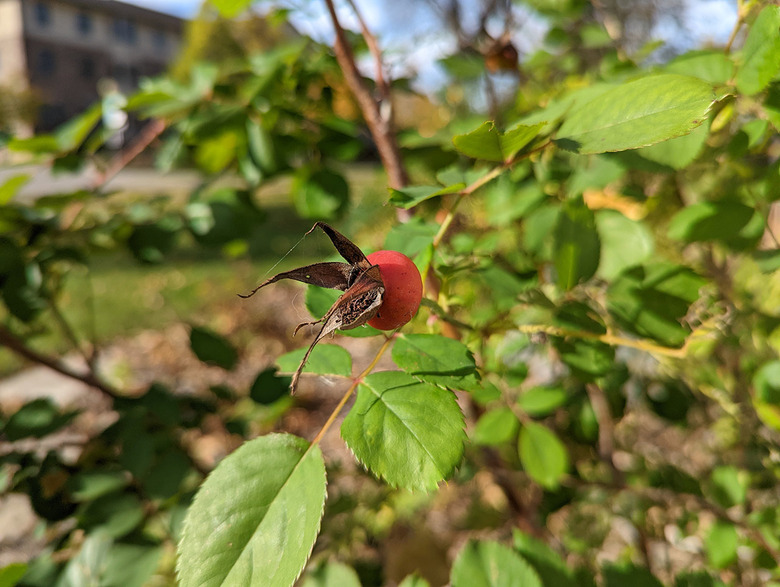
The front-facing camera on the Pixel 6 is almost identical to that of the Pixel 5 – save the additional ability to work with the camera's Beta Motion features. Said features will likely appear on a future version of the Camera app for Pixel 5, too – but we're not SURE about that yet, we shall see.
The Motion features in the Camera app work with both the front and the back-facing camera arrays. This set of features is great to have access to, but Google is certainly right to keep the "BETA" marker on the tab. Below you'll see a few examples of images captured with Motion features "Action Pan" and "Long Exposure."
Action Pan is very similar to what you might call "motion blur" in Photoshop, combined with a clear shot of the subject. The Long Exposure feature is great – finally we're allowed to keep the shutter open as long as we like (within reason), beyond the Night Sight feature.
I mention the Pixel 5 because the Pixel 5 has one of the best smartphone cameras in the world today. The only smartphone camera I've seen out-perform the Pixel 6 as of this moment is the Pixel 6 Pro – a subject covered a bit more in-depth in our Pixel 6 Pro Review.
Above you'll see a collection of photos captured with the back-facing camera array of the Google Pixel 6. If and when Google delivers significant updates to the phone's camera-affecting software, we'll add to this camera section of this Pixel 6 Review.
Battery
The battery in the Pixel 6 has a capacity of 4614mAh. This is slightly smaller than that of the Pixel 6 Pro, but both devices have had remarkably similar up-time. Google quotes both devices as being capable of lasting "beyond 24 hours" and "up to 48 hours with Extreme Battery Saver." We've found these claims to be quite accurate – in both cases.
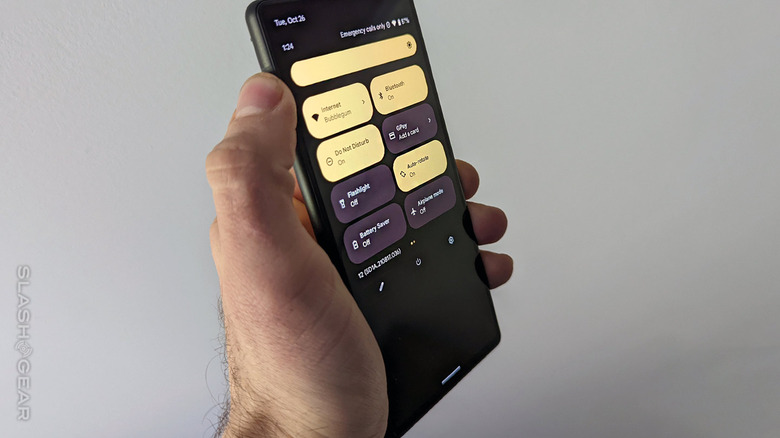
Because Android 12 and the Pixel 6 deliver a variety of battery-saving features, our battery time depended largely on which features we had activated. With all battery-saving features active, 48 hours of up-time was not difficult. That's just so long as we're not keeping the device's display on and active for hours at a time.
It's easier to drain the Pixel 6 Pro's battery because of its 120Hz display – but the 90Hz display of the Pixel 6, combined with 5G data and power-hungry games and/or streaming video allows us to go from 100% to 0% in less than a day.
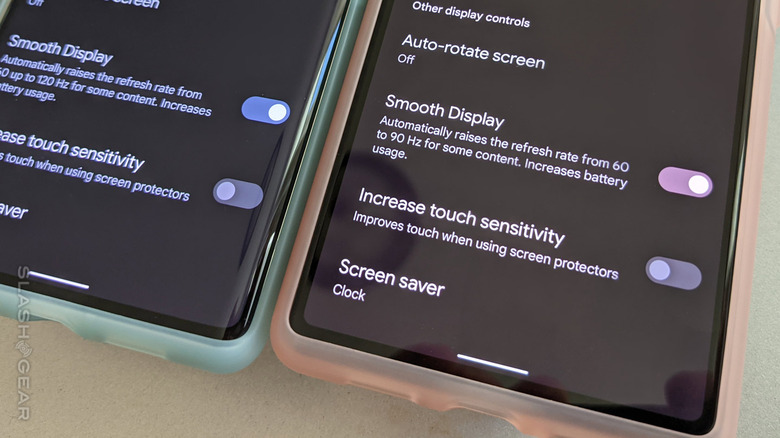
The Pixel 6 shares the high-end features of the Pixel 6 Pro in all ways, in this battery arena. That means we're working with fast charging, fast wireless charging, and Battery Share. That means this device can act as a wireless charging pad for other devices – Qi-standard style.
If you want to charge the Pixel 6 at maximum charge speed, you'll need to have a 30W fast charger. Google has a Pixel charger available in their store for just such a purpose.
Wrap-up
The price for the Google Pixel 6 is surprisingly good. At a base cost of $599, this device is more valuable than it needs to be. Once you get to the $699 mark, you're basically right on the money – and there you're more than likely paying for the mmWave 5G iteration of the phone. The 5G mmWave-capable version of the phone should prepare you for the next couple of years of expansion of said high-speed mobile internet. You'll want to make absolutely sure you're buying the right version of the hardware.
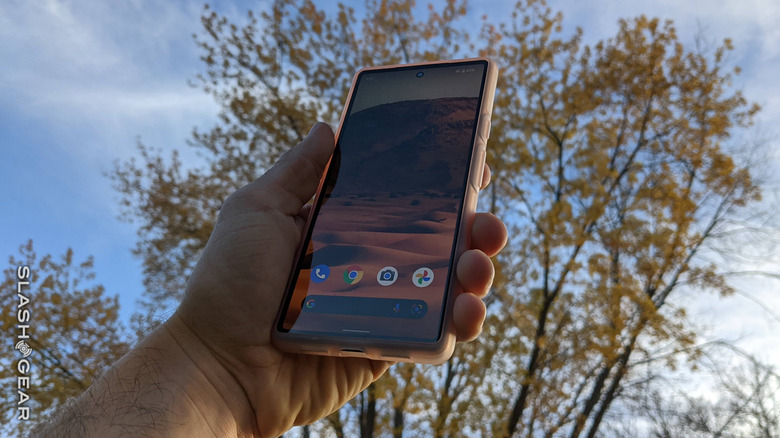
The Google Pixel 6 is a winner – but more than that, it represents Google at its best. This phone and the Android 12 experience are powerful, playful, reliable, and exciting. Assuming Google continues on with the software support they've provided Pixel phones since the dawn of the brand, the Pixel 6 is absolutely the best Android 12 smartphone value on the market today.
